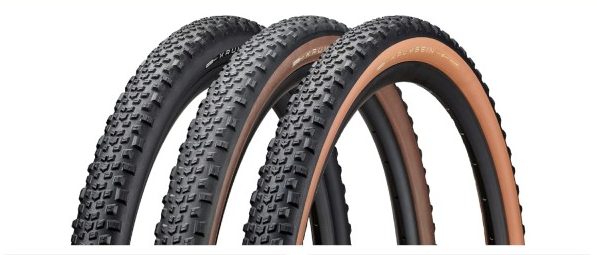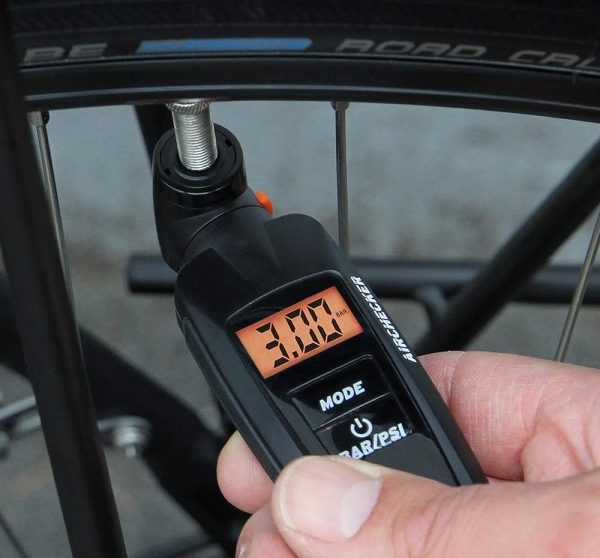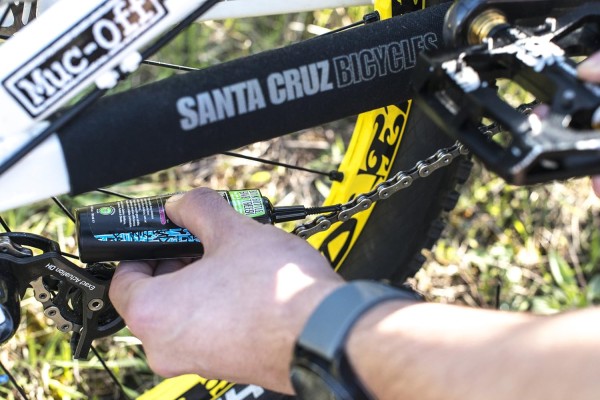Coincidentally, you might be wondering just how much it costs to replace a bicycle tire. The price can vary depending on several factors, such as the type of tire you choose and whether you opt for DIY or professional installation.
But before you make a decision, there are additional expenses to consider that could impact the overall cost. Understanding these factors could help you make an informed choice and potentially save money in the long run.

1. Factors Affecting Tire Replacement Costs
When determining the cost of replacing a bicycle tire, several key factors come into play that directly impact the overall expenses involved in the process.
The type of tire you choose is crucial. High-performance tires tend to be more expensive due to their specialized features and materials.
Additionally, the size of the tire matters; larger tires generally cost more to replace. The brand of the tire can also influence the cost, with well-known brands often carrying a higher price tag.
Another factor to consider is the complexity of the tire installation process. Some tires may require professional assistance, adding to the overall cost.
2. Average Price Range for Bicycle Tires
Exploring the average price range for bicycle tires can provide valuable insight into the cost considerations associated with replacing your tire. On average, basic bicycle tires can range from $20 to $50 per tire. However, more specialized tires designed for specific terrains or riding styles can cost between $50 to $100 or more. Factors like brand reputation, material quality, and technology used can influence the price range significantly.
High-end tires made with advanced compounds or puncture-resistant layers tend to be at the upper end of the price spectrum. It’s essential to balance cost with your cycling needs to ensure you get the best value for your investment in a new bicycle tire.
3. DIY Vs. Professional Installation Costs
Comparing the costs of do-it-yourself (DIY) installation versus professional installation for bicycle tires can help you make an informed decision based on your skills and budget.
Opting for DIY installation can be cost-effective if you already possess the necessary tools like tire levers and a pump. However, if you lack experience or the right tools, you may risk damaging the tire or tube, leading to additional expenses.
Professional installation, offered at bike shops or repair centers, ensures proper fitment and alignment, reducing the likelihood of errors. While this option may have a higher upfront cost, it can save you time and hassle.
4. Additional Expenses to Consider
Consider the potential additional expenses associated with replacing a bicycle tire beyond just the cost of the tire itself.
- Inner Tube: You may need to replace the inner tube if it’s damaged or worn out. Inner tubes typically cost around $5 to $10.
- Labor Costs: If you opt for professional installation, factor in the labor costs, which can range from $10 to $20 depending on the bike shop.
- Tools: If you’re doing the replacement yourself, you might need to invest in tire levers, a bike pump, or other tools. A basic set of tools can cost around $15 to $30.
These additional expenses are important to consider when budgeting for your bicycle tire replacement.
5. Tips for Saving Money on Tire Replacements
To save money on bicycle tire replacements, assess your tire’s condition regularly. Inspect the tread for wear indicators or bald spots that can lead to flats or reduced performance. Keep tires properly inflated within the recommended PSI range to prevent premature wear and damage.
Invest in puncture-resistant tires or tire liners to reduce the frequency of flats and extend the lifespan of your tires. Consider learning basic tire maintenance skills, such as patching tubes or replacing tubeless tire sealant, to avoid costly shop repairs.
Lastly, compare prices at different retailers or online stores. Look out for sales or discounts to get the best deal on quality tires for your bike.
Frequently Asked Questions
Are There Any Eco-Friendly or Sustainable Options Available for Bicycle Tires?
Looking for eco-friendly or sustainable bicycle tires? Options like cork, bamboo, and even recycled rubber are available. Prioritize these choices to reduce your carbon footprint while enjoying a smooth ride. Make a difference!
How Often Should Bicycle Tires Be Replaced on Average?
On average, bicycle tires should be replaced every 1,000-3,000 miles depending on factors like road conditions and tire quality. Regularly inspect tread wear, sidewall damage, and inflation to ensure safe cycling.
Can Certain Types of Tires Reduce the Risk of Punctures or Flats?
You bet! Certain tires, like puncture-resistant ones, can significantly lower your risk of flats. They have added layers to thwart pesky punctures. Invest in these gems for a smoother ride with fewer interruptions.
Are There Any Discounts or Promotions Commonly Offered for Bicycle Tire Replacements?
When you’re looking to replace your bicycle tire, keep an eye out for discounts and promotions. Many bike shops offer bundles, seasonal sales, or loyalty discounts for tire replacements, helping you save money.
Are There Any Specialized Tools or Equipment Required for Installing Certain Types of Bicycle Tires?
When installing certain types of bicycle tires, specialized tools like tire levers, a floor pump, and a valve core remover may be needed. These tools make the process easier and help ensure a proper fit and inflation.
Conclusion
Just like changing a tire on a car, replacing a bicycle tire is a necessary maintenance task that can be compared to changing shoes when they wear out. By understanding the costs involved and considering DIY options, you can ensure that your cycling experience stays smooth and enjoyable.





